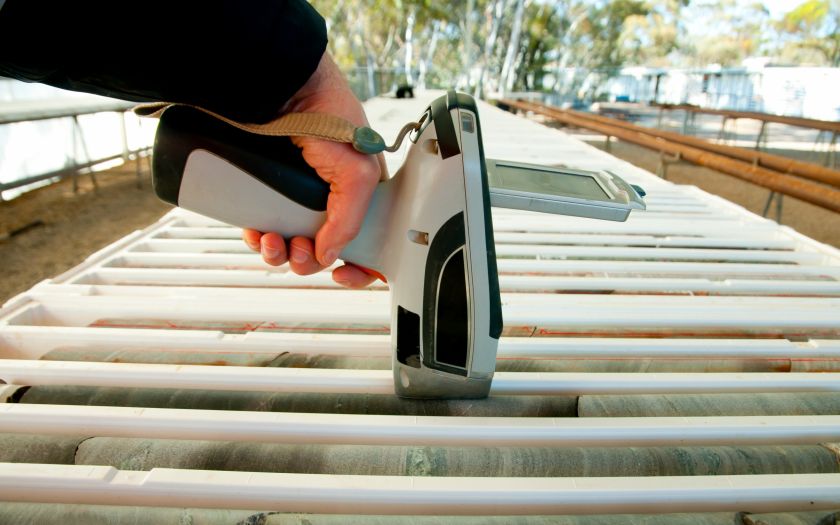XRF analysis of copper
Copper purity is fundamental to ensuring quality product.
The industry is littered with substandard cable product. XRF is a method of qualitative research which helps to analyse and confirm a metals chemical makeup. Below we take you through a brief introduction on how XRF analysis could support you in your operations.

What is XRF analysis?
XRF stands for X-ray fluorescence. It is a non-invasive analytical technique used to understand a material’s elemental makeup. The chemical makeup of a material is determined by exciting the sample with a primary X-ray source, then measuring the fluorescent X-ray emitted from the sample.
Every chemical element present within a sample produces a set of distinctive fluorescent X-rays which are unique to those specific elements – this is often colloquially referred to as a "fingerprint".
XRF analysis is conducted using a hand-held scanner, which is portable and makes it convenient and efficient when testing materials in a variety of environments. It is also a relatively fast process, meaning that data can be collected in a short timeframe and does not bring any of your operations to a standstill.
XRF is very sensitive to small proportions of impurities and electrical copper must be 99.95% in purity for suitable use in cable products. The range of elements which can be detected by XRF is variable depending on instrument configuration meaning the testing can be used in many applications. For example, ED-XRF usually covers all elements ranging from sodium (Na) to uranium (U), and WD-XRF extend the range down to beryllium (Be).
The applications of XRF analysis
XRF is a well-established technique, which has been in use since the late nineteen-twenties in various applications including:
- Consumer products e.g. toys, food, domestic
- Research
- Forensics
- Mining and metals
- Polymers
- Electronics
XRF analysis of copper wiring
Impurities in copper lead to poor electrical conductivity and consequently, this can affect a cables’ ability to pass conductor resistance tests. The tests will issue either a pass or fail result only. However, if a cable fails this test it does not necessarily mean it will require XRF analysis, unless specifically requested. BASEC has access to XRF equipment for customers who specify a requirement. Video: Conductor Resistance Test
If zinc is found to be present in wiring material is can be an indication that the copper has been sourced from brass, and therefore potentially from plumbing waste. This is often seen in second-hand wiring. New cable should, as a form of best practice, be constructed from new copper. BASEC has very rarely encountered poor quality copper from the manufacturers we have worked with.

